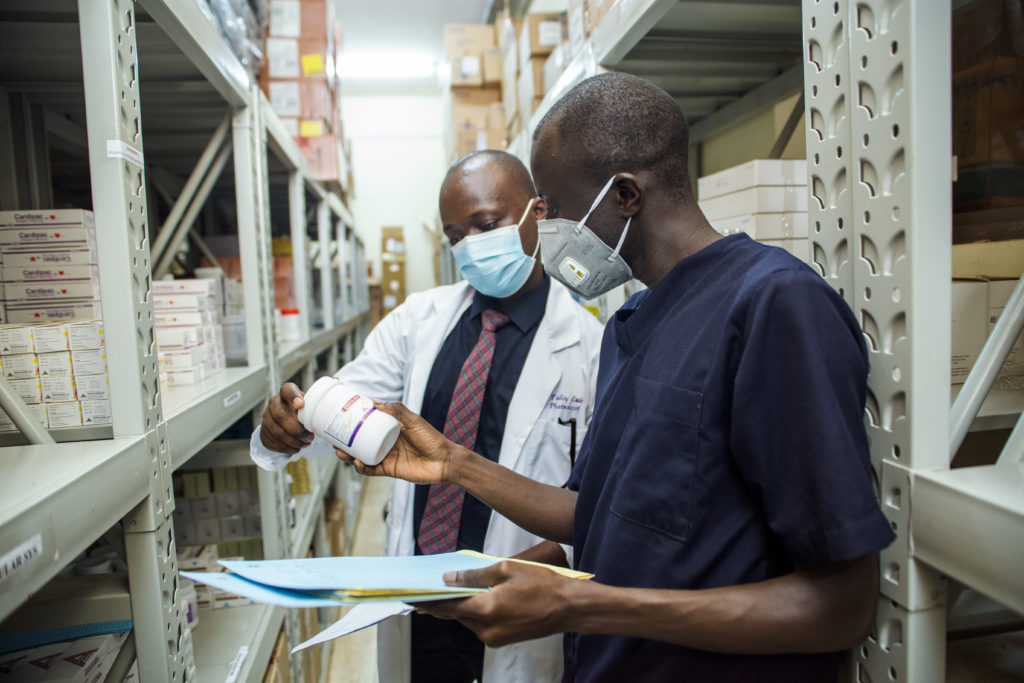Quantification of Health Commodities – RMNCH – Supplement for Forecasting Consumption of Select Reproductive, Maternal, Newborn, and Child Health Medical Products
Quantification of Health Commodities – RMNCH – Supplement for Forecasting Consumption of Select Reproductive, Maternal, Newborn, and Child Health Medical Products

Resources of the RMNCH Forecasting Package
Increasing access to and appropriate use of reproductive, maternal, newborn, and child health (RMNCH) medical products could save the lives of more than 6 million women and children annually. A major component of access is availability, which requires accurate and timely quantification of supply requirements. Systematic and rigorous quantification of RMNCH medical products is often overlooked as the focus is more on donor-driven vertical programs such as HIV, TB, and malaria.
This forecasting supplement, which complements a general guidance document Quantification of Health Commodities: A Guide to Forecasting and Supply Planning for Procurement, will assist program managers, service providers, and technical experts when conducting quantification of needs for priority reproductive, maternal, newborn, and child health medical products. It has been updated to include new products and recommendations from WHO.
The RMNCH medical products included in the supplement have diverse characteristics: some are new products that are in the process of being introduced or scaled up and some are products that have been in use for many years but are under-used or not available when needed or in the recommended formulation. However, one commonality shared by all is the need to increase access to these medical products among the women and children who need them.
At the national level, accurate forecasting is essential for budgeting, resource mobilization, and planning for procurement and supply chain operations of RMNCH medical products.
This supplement provides practical guidance on estimating the quantities of supplies needed by programs as part of national quantification exercises. While this guidance was developed primarily for use in the public sector, the methodology presented could also be relevant for forecasting medical product needs for the private sector.
This is the updated version of the document previously published in 2016.